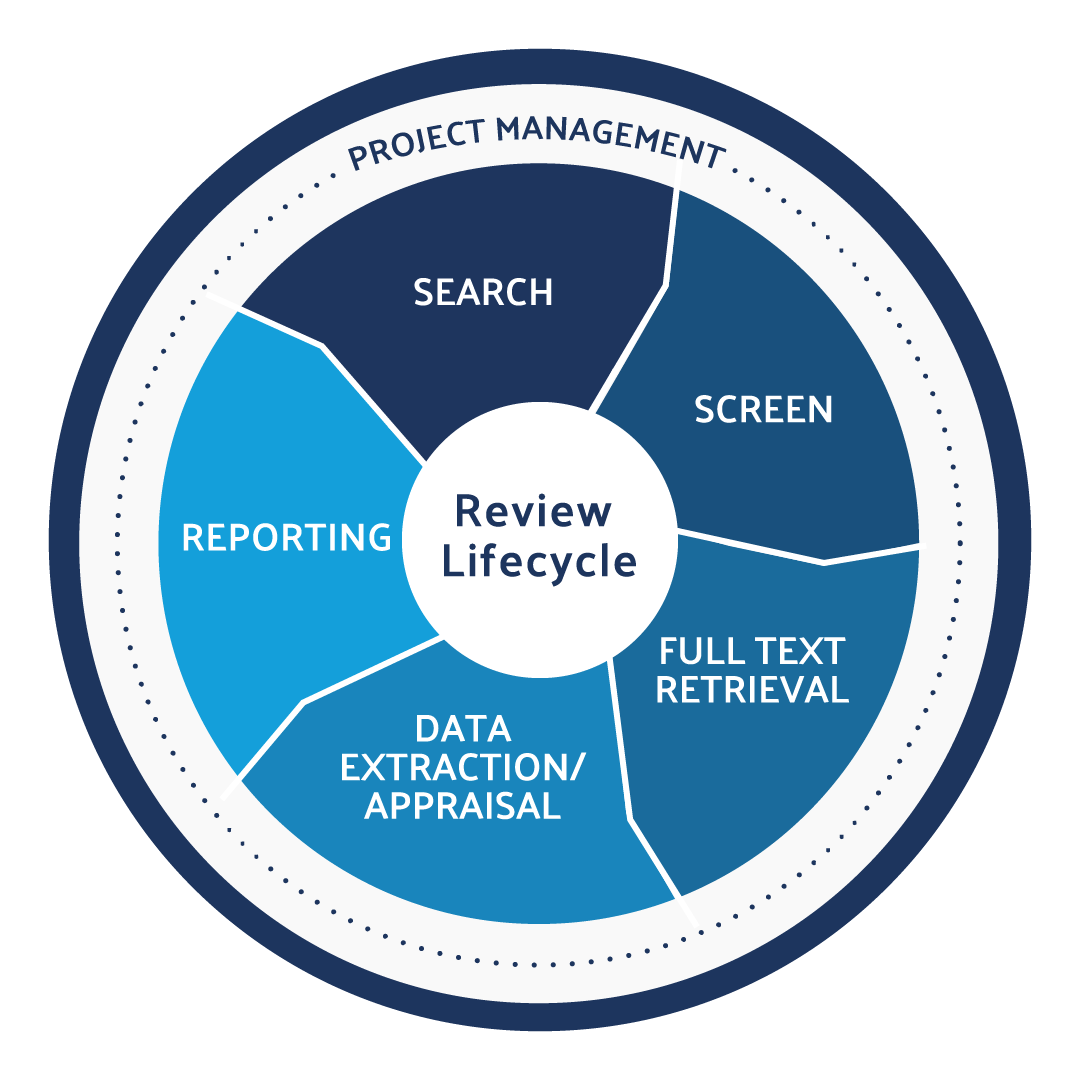What Does a Clinical Evaluation Consist Of?


Use DistillerSR to produce CER and PER literature reviews in an efficient, audit-ready, and compliant way.
The sales of medical devices in the European Union are estimated to be $122 billion annually. With this massive market share, the European Union has flexed its regulatory muscles and passed new legislation to ensure the regulation of safety and performance of all medical devices to be sold in the EU.
The EU MDR (European Union Medical Device Regulations) legislation passed the European Parliament in 2017, and manufacturers were given a deadline of May 2021 to fully comply with the law regarding the sale of any medical devices. Today, we will examine one of the most critical components of the EU MDR, the clinical evaluation report. However, before a report can be compiled, the clinical evaluation itself must take place. Let us take a deeper look into what exactly that consists of, what the purpose of a clinical evaluation report is, and the details behind a CER literature review.
What Is a Clinical Evaluation?
Clinical evaluations must examine all parts of a device, as well as its safety and performance against device claims, in order to protect the patient. Additionally, it must justify the use of the device in a clinical setting, which means performing studies in a clinical setting. The goal of these studies is to show that the device is effective when used as directed and that the benefits of the product outweigh any risks associated with its use. Ideally, the clinical evaluation should examine and seek to validate:
That the device’s intended purpose aligns with the purpose(s) outlined in materials provided by the manufacturer.
- Device performance in a clinical setting as it relates to the benefits described in the claims and information provided by the manufacturer. This is to ensure that the device treats the patient’s condition as advertised and is effective when used per the manufacturer’s instructions.
- Risk avoidance measures and risk mitigation–for example, all necessary warnings or precautions, as well as instructions on the safe use of the device – have been thoroughly examined.
- Device usability as it relates to the intended use–is the device easily usable by a lay person or trained technician, provided the instructions are followed?
- The safety and efficacy of the device in at-risk populations, such as pregnant women, as well as geriatric or pediatric populations, have been evaluated.
Learn More About DistillerSR
(Article continues below)
What Is the Purpose of a Clinical Evaluation Report?
Before any medical device can be approved for sale in the European Union, it must adhere to EU MDR requirements. Part of the approval process is the clinical evaluation report.
The purpose of the clinical evaluation report is to ensure that the device is safe and effective at treating conditions as advertised. Once the clinical evaluations have been completed, they can be compiled into the clinical evaluation report and submitted to the notifying body for approval.
The EU MDR ensures that patient safety is protected by establishing robust requirements for medical device manufacturers. Therefore, the focus on patient safety extends beyond the point where the device is sold on the market. Once a device is on the market, the device manufacturer must examine its performance annually to ensure that no new risks have emerged and there is no new negative clinical data regarding side effects or harm, that demonstrates that the risks of using the device outweigh the benefits.
Importance of Examining Clinical Documentation for Submission
A large part of the process of a clinical evaluation is done outside the clinical environment. This involves the crucial task of performing a CER literature review, which involves searching through hundreds of thousands of published studies to help a manufacturer prove their device is safe and effective, as shown by the clinical data in scientific literature and prior clinical studies relating to the device.
This is a time-consuming and arduous process; fortunately, software like DistillerSR can help automate this process. This software accelerates the overall literature review process so that more energy can be spent on writing the clinical evaluation report.








